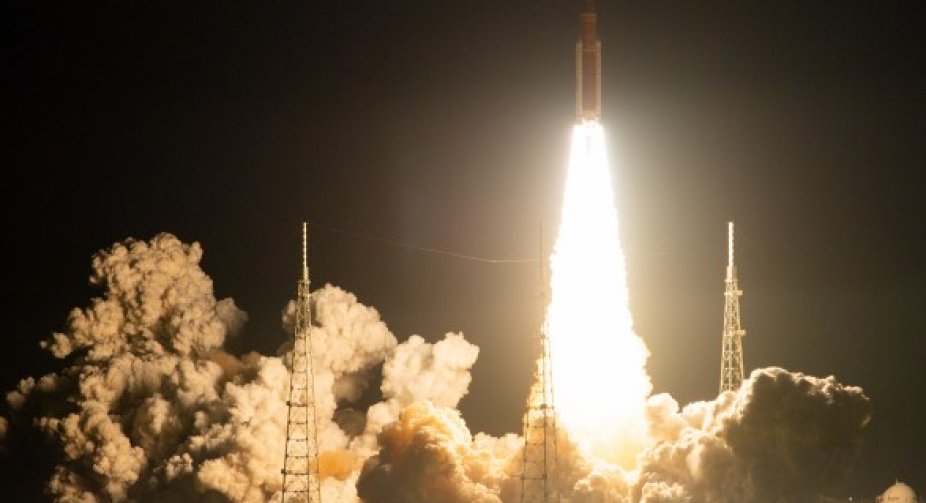NASA successfully launched the Artemis 1 mission to the Moon. A Space Launch System (SLS) rocket and an uncrewed Orion spacecraft lifted off at 1:47 a.m. ET from the Kennedy Space Center in Florida. This is reported by The Associated Press.
"You have earned your place in history. You are part of the first. This opportunity does not come often, maybe once in a career. But we are all part of something extremely special: the first launch of Artemis 1. This is the first step in taking back our countries to the moon and to Mars," launch director Charlie Blackwell-Thompson told his team after launch.
The Orion spacecraft should reach the Moon by next Monday at a distance of more than 370 thousand kilometers from Earth. After coming within 130 kilometers of the Moon, the capsule will enter a long-distance orbit that stretches for about 64,000 kilometers.
The $4.1 billion test flight will take 25 days. If all goes well during the three-week flight, the rocket will launch the empty crew capsule into a wide orbit around the moon, before returning to Earth with an inflow to the Pacific Ocean this December.
NASA has postponed its long-duration uncrewed mission to the moon three times.
The Artemis 1 mission is the first of three space flights as part of the US space agency's flagship project for space exploration. The next Artemis 2 mission will take astronauts to the Moon without landing on its surface.
NASA wants to build a lunar space station called Gateway and maintain a permanent presence on the moon to understand how to survive very long space missions before a mission to Mars in the 2030s.
